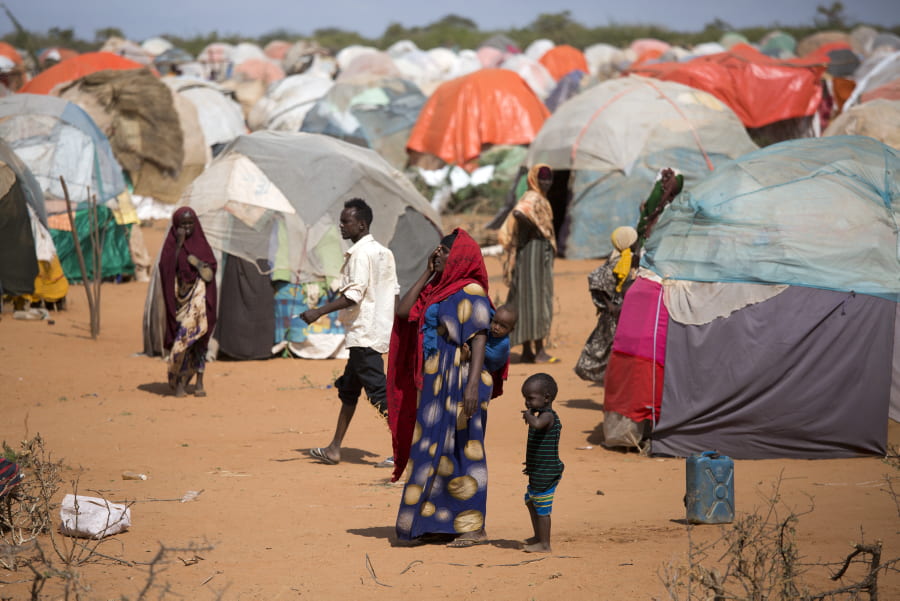Victoria Berg
World Food Programme, East and Central Africa Regional Bureau
Nairobi, Kenya
This summer I have been working with the Vulnerability and Assessment Mapping (VAM) Unit at the World Food Programme (WFP) to edit and publish the Greater Horn of Africa Climate Change and Food Security Atlas. The document is rather large—over 300 pages on A3-sized paper—so I have been working with the VAM team to draft a technical summary of the document in addition to style edits.

The atlas is the first of its kind in the region. It was created to improve on the Intergovernmental Authority and Development’s (IGAD) Regional Hazard Maps and Atlas by including how the region’s hazard trends—floods, droughts, disease, conflict—link to vulnerability and its impact on livelihood, crop production, and other socioeconomic activities in the region.
The new atlas will be published by the IGAD Climate Prediction and Applications Centre, the WFP Regional Bureau for Eastern and Central Africa, and other partners. It is published through the Climate Adaptation, Management and Innovation Initiative (C-ADAPT) project and funded by the Swedish Government’s fast-track climate finance.
The atlas will be useful for both technical program-planning and for policy making, as it maps past climate trends, identifies geographic patterns of vulnerability, and aligns with trends in food security, all of which can create a strategic tool to shape adaption planning, program design, and policy making in the Horn of Africa (IGAD, 2017).
As I have stated in prior blog posts, the Greater Horn of Africa is one of the region’s most vulnerable when it comes to climate-related risks. Climate risk, in addition to protracted political conflict and violence, is a major driver of food insecurity in the region. The communities in the region that are most vulnerable to these impacts are the poorer ones (IGAD 2017). The climate atlas states that resilience-building and poverty-reduction programs are needed to address the climate change impacts and achieve food security and nutrition goals for the region (IGAD 2017).

There are some 6.7 million people in need of humanitarian assistance across Somalia. Since January, WFP has been scaling up operations through a combination of in-kind food distribution and cash-based transfers. They have targeted areas with a large percentage of people in IPC Phases 3 and 4 (crisis and emergency), as well as areas receiving an influx of people displaced from the worst drought-affected locations.
WFP/Karel Prinsloo
I am in the process of writing my master’s thesis, entitled, “Food Security and Human Rights in The Face of Climate Change: The Possibility of ‘Progressive Realization’ in East Africa with Support of Developed Nations.” My thesis will explore food security as a human rights issue and extrapolate how the International Covenant on Social, Economic and Cultural Rights (ICESCR) can best be fulfilled in East Africa.
The ICESCR mandates that nation-states have the obligation to make forward progress to the best of their ability, using available resources in the realization of economic, social, and cultural (ESC) rights “recognized in the present Covenant by all appropriate means, including particularly the adoption of legislative measures” (1966). I believe that food security and the progressive realization of ESC rights cannot be addressed without planning for climate change and variability.*
The Greater Horn of Africa Climate Change and Food Security Atlas is not only a valuable tool for programmatic planners and policy makers; it is also a great tool for me, personally, in my thesis research, as it provides timely and substantive in-depth analysis of the region’s climate changes, the risks, and the impact on food security trends.
*Please note that these are my personal opinions and I am not a UN employee. These views in no way represent those of the WFP.